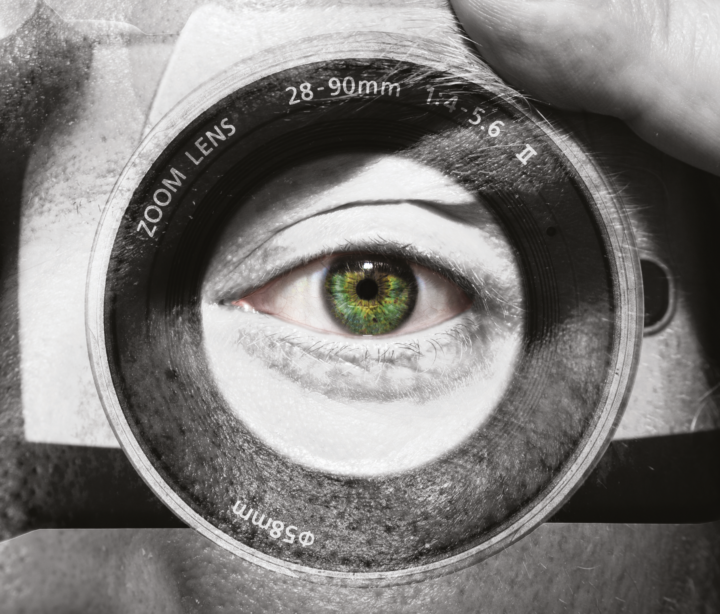Digital technology offers marketers more data than ever about their customers, but it is no substitute for the creative state of mind that leads to great insight.
Insight is something that everyone wants, but hardly anyone understands. It is one of the most contentious topics in marketing, communications and research.
Everywhere you look in the business world, insight has taken on the aura of an elusive Holy Grail. Research departments have re-branded themselves as insight departments, and entire conferences dedicated to understanding and promulgating insight have sprung up, promising new generations of practitioners that they can uncover the magic formula of insight, and how to spot, discover and tame it.
There’s been an even greater focus on insight with the advent of big data. Shouldn’t that, in and of itself, feed our insight-addiction? Well, no. There’s simply no automatic process whereby data gives insight; no effortless shift from data to ‘ta-da!’ Too often the sheer quantity of data means that insight is drowned in the stormy seas of information as we mistake quantity for quality. Staring long and longingly at data dumps is not the answer.
So, why are intrepid insight-hunters still looking for this elusive vision – and how can they advance their search? Here are some ways to help cast insight in a new light, and provide a beacon for insight-explorers.
Insight as jump
One way of looking at the transformative power of insight in business is through the lens of Charles Darwin. Darwin’s theory of evolution was largely based on what was known as incrementalism: the gradual, linear accumulation of small changes over the long history of the evolutionary record and human change.
A rival theory was that of ‘saltation,’ which suggested abrupt, non-linear changes in the fossil record. Language fans will spot the etymological links to sauter in French, saltar in Spanish and salire in Italian, all meaning to jump, leap or climb. It also reminds us of that well-known cornerstone of communication theory, ‘salience,’ or the ability for a brand or piece of messaging to jump out at us. Insight is about seeking a jump – or, as Douglas Hofstadter calls it, “jootsing”: finding something that ‘jumps out of the system’ at us.
Insight as connection
From the artistic tenet of ‘breaking convention’ to the theory of deep-immersion ‘flow,’ there is an inherent element of creativity and subversion at work in insight.
What I call ‘insightment’ is a culture that creates insight and depends on the ability to perceive new and unexpected connections.
Let’s delve into some more etymology, beginning with the word ‘symbol.’ Its origins lie in the Greek word symbolon, with a meaning rooted in ‘to throw together.’ Symbolically, insight works in a similar way. When we can put two parts together to reveal a whole, there is an integration. We are rewarded with an ‘Aha!’ of completion and recognition.
As I like to put it, information is to be collected, but insight is to be connected. Yet, in a business world defined by pragmatic determinism, this creative urge often finds itself swept under the carpet of rationality and efficiency.
Insight as character
There are three key characteristics of the successful insight-hunter.
1 Wandering
One of the best ways of allowing your brain to make analogies is by wandering. I’ve written frequently about the etymology of ‘error’: the origins of the word have nothing to do with mistakes, failures or any other form of inadequacy. Instead, it comes from a root meaning ‘to wander.’
Too often, especially in brand comms, marketing and sales, we become prisoners of one market, one mindset. Wandering means that the brain can detect patterns, similarities, differences and commonalities that can create connections, which may prove valuable when it comes to originality and innovation. The searcher for insight must ensure that they wander outside of the comfort of their own domain.
2 Impertinence
Another essential ingredient for insight is a sense of impertinence. Again, this gives us the opportunity to slip in a bit of linguistic or etymological chicanery. If something is pertinent, it is relevant and applicable to a particular matter or issue; it pertains. Jacob Bronowski, the brilliant Polish-born mathematician, historian of science and humanist, highlighted this play on words and ideas when defining science in The Ascent of Man, the landmark TV series and book. He put it this way: “That is the essence of science. Ask an impertinent question and you are on your way to the pertinent answer.”
Whether we’re talking about finding a new brand insight, hoping to win a pitch by finding a new angle for a client, or just finding a new point of view or direction, all of these can be initiated by applying some impertinence.
3 Storytelling
As someone who has written two books on storytelling for business, you can’t be too surprised to find me suggesting this is an essential component of insight. Achieving excellence in insight is not just identifying it, but successfully transmitting it. I’ve witnessed many researchers, planners and clients trying to propose their insight to the higher-ups, but failing to gain traction. Why? Not because the insight itself wasn’t powerful and transformative. Rather, it was because they failed to create the necessary energy and persuasive power to make their case. This is where great storytelling is so essential.
When we’re trying to convince anyone of anything, we can never rely on the brute force of facts. Empathy is essential, so that at the human, emotional level, there’s a feeling of understanding that goes beyond objective assessment of facts. Storytelling is the ‘empathy engine’ par excellence.
We have to unlearn our obsession with dining at the ‘all the data you can eat’ buffet. We must appreciate that insight is a creative state of mind, rooted in seeing new links, and drawing on traits that can both be developed personally and shared among a company culture.
Anthony ‘Tas’ Tasgal is a trainer, author and strategist. His latest book is The Insight Book (LID Publishing).

